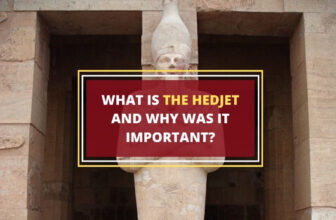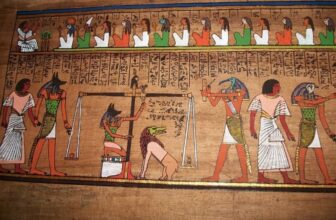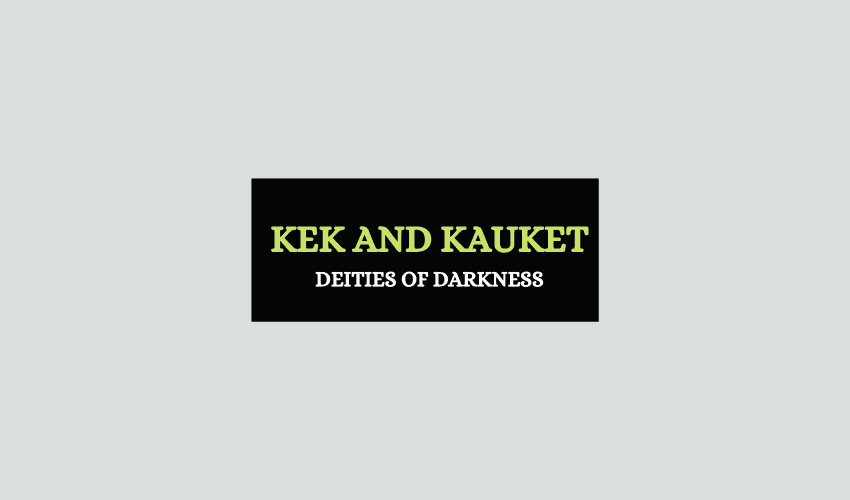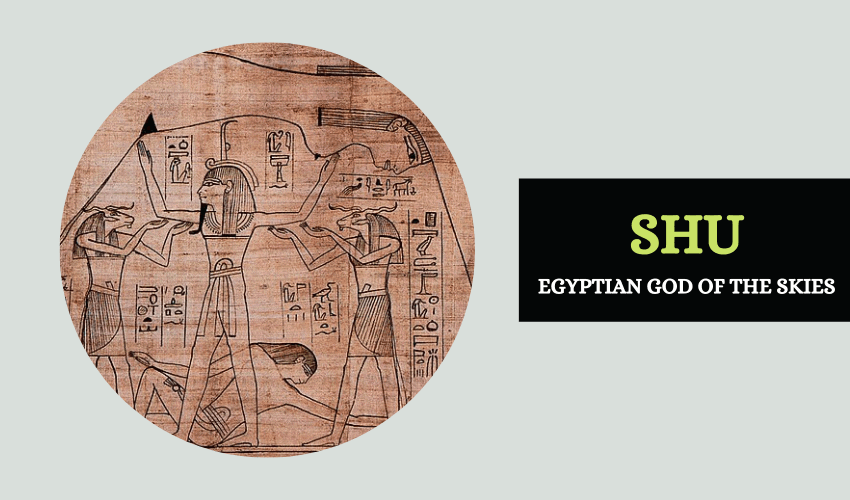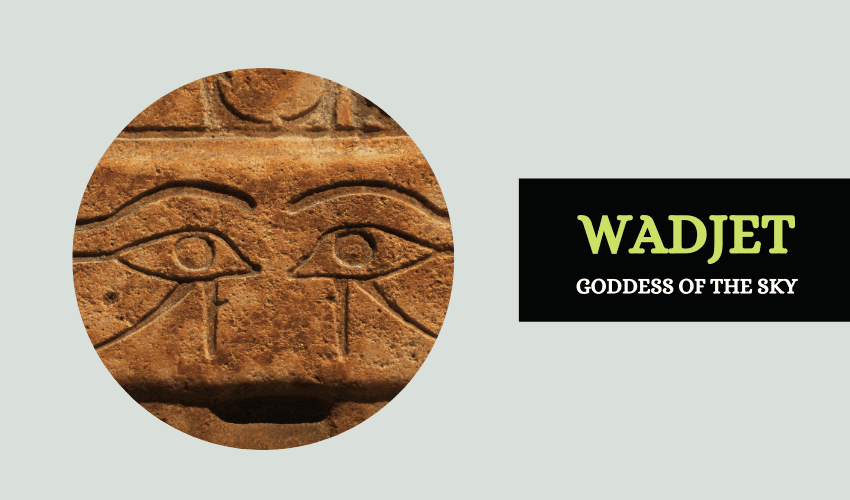
Table of Contents
In Egyptian mythology, Wadjet was the patron goddess and guardian of the Nile Delta, and the one who protected and guided the pharaohs and queens of Egypt. She’s among the oldest deities of ancient Egypt, dating back to the predynastic period.
Wadjet was associated with several important Egyptian symbols and deities. She was also the deity of childbirth and cared for newborn babies.
Who Was Wadjet?
Wadjet was a predynastic snake deity, and the patron goddess of Lower Egypt. Her shrine was called Per-Nu, meaning ‘house of the flame’, due to the mythological belief that she could spit flames in defense of the pharaoh. In some myths, Wadjet is said to be the daughter of sun god, Ra. She was also said to be the wife of Hapi, the deity of the Nile River. Wadjet gained more popularity and fame after the unification of Egypt, when she and her sister, Nekhbet, became the patron goddesses of the country.
Wadjet was a powerful deity who protected and guided the other gods as well as the Egyptian royal family. She was typically depicted as a serpent goddess, which refers to her strength, power and ability to strike the enemy. She was also depicted as a cobra with a lion’s head, and of course as the Eye of Horus.
At a later point in Egyptian history, Wadjet became integrated with Isis as well as several other goddesses. Irrespective of this, the legacy of Wadjet continued to live, especially in the regions around the Nile river. Wadjet’s temple came to be known as the first shrine that held an Egyptian oracle.
Wadjet frequently appeared in royal garments and monuments as a cobra, sometimes entwined around a papyrus stem. This might have influenced the Greek Caduceus symbol which features two snakes entwined around a staff.
Wadjet and Horus
Wadjet played an important role in the upbringing of Horus, the son of Osiris and Isis. After Set killed his brother Osiris, Isis knew that it wasn’t safe for her son Horus to be near his uncle, Set. Isis hid Horus in the marshes of the Nile and raised him with Wadjet’s help. Wadjet served as his nurse and helped Isis keep him hidden and safe from his uncle.
According to the classical tale known as The Contendings of Horus and Seth, both gods battled for the throne, after Horus had grown up. During this battle, Horus’ eye was gouged out by Set. The eye was restored by Hathor (or in some accounts by Thoth) but it came to symbolize health, wholesomeness, restoration, rejuvenation, protection and healing.
The Eye of Horus, which is a symbol and a separate entity, is also known as the Wadjet, after the goddess.
Wadjet and Ra
Wadjet appeared in several myths involving Ra. In one particular story, Ra sent Wadjet to find Shu and Tefnut, who had journeyed to the primordial waters. After they returned, Ra cried out in relief, and shed several tears. His tears transformed into the first ever human beings on earth. As a reward for her services, Ra placed the snake-goddess in his crown, so that she could always protect and guide him.
Wadjet is sometimes identified as the Eye of Ra, the female counterpart of Ra. The Eye is portrayed as a ferocious and violent force that subjugates the enemies of Ra. In another myth, Ra sent the fierce Wadjet to slay those who opposed him. The wrath of Wadjet was so strong that she almost destroyed all of humankind. In order to prevent further destruction, Ra covered the land in red beer, which resembled blood. Wadjet was tricked into drinking the liquid, and her rage was appeased. However, sometimes Sekhmet, Bastet, Mut and Hathor take on the role of the Eye of Ra.
Wadjet’s Symbols and Traits
- Papyrus – The papyrus was also the symbol of Lower Egypt, and as Wadjet was an important deity of the area, she became associated with the plant. In fact, the name Wadjet, which literally means ‘the green one’, is very similar to the Egyptian word for papyrus. It was believed that she enabled the growth of the papyrus plant in the Nile delta. The papyrus swamp along the banks of the Nile was said to be her creation. Due to Wadjet’s association with the papyrus, her name was written in hieroglyphs with the ideogram of the papyrus plant. The Greeks referred to Wadjet as Udjo, Uto, or Buto, which meant green goddess or she who looked like the papyrus plant.
- Cobra – Wadjet’s sacred animal was the cobra. She was typically depicted as a cobra, whether this was a fully formed cobra or just the head of the cobra. In some depictions, Wadjet is shown as a winged cobra, and in others a lion with the head of a cobra. The cobra emphasizes her role as a protector and a ferocious force.
- Ichneumon – This was a small creature similar to a mongoose. This is an interesting association, as ichneumon are traditionally regarded as enemies of snakes.
- Shrew – The shrew is a small mouse. This is, again, another unlikely association, as snakes devour mice and shrews.
- Uraeus – Wadjet was often depicted as a rearing cobra, to symbolize her role as a protector goddess and one that would fight the enemies of those shew as protecting. As such, depictions of Ra often feature a rearing cobra sitting on his head, symbolizing Wadjet. This image would eventually become the uraeus symbol, which was featured on the crowns of pharaohs. When Lower Egypt eventually united with Upper Egypt, the uraeus was combined with the vulture, Nekhbet, who was Wadjet’s sister.
While Wadjet was often depicted as a violent force, she also had her gentler side, seen in how she nourished and helped raise Horus. Her fierce protection of her people also demonstrates her dualistic nature as nourisher and subjugator.
In Brief
Wadjet was an emblem of guidance and protection, and a goddess who protected Egyptian kings from their enemies. She was also seen as a nourisher, as she raised Horus as his nurse. This role demonstrates Wadjet’s maternal instincts. She safeguarded two of Egypt’s greatest deities, Horus and Ra, and her fierce demeanour and warrior skills put her among Egypt’s most important goddesses.




